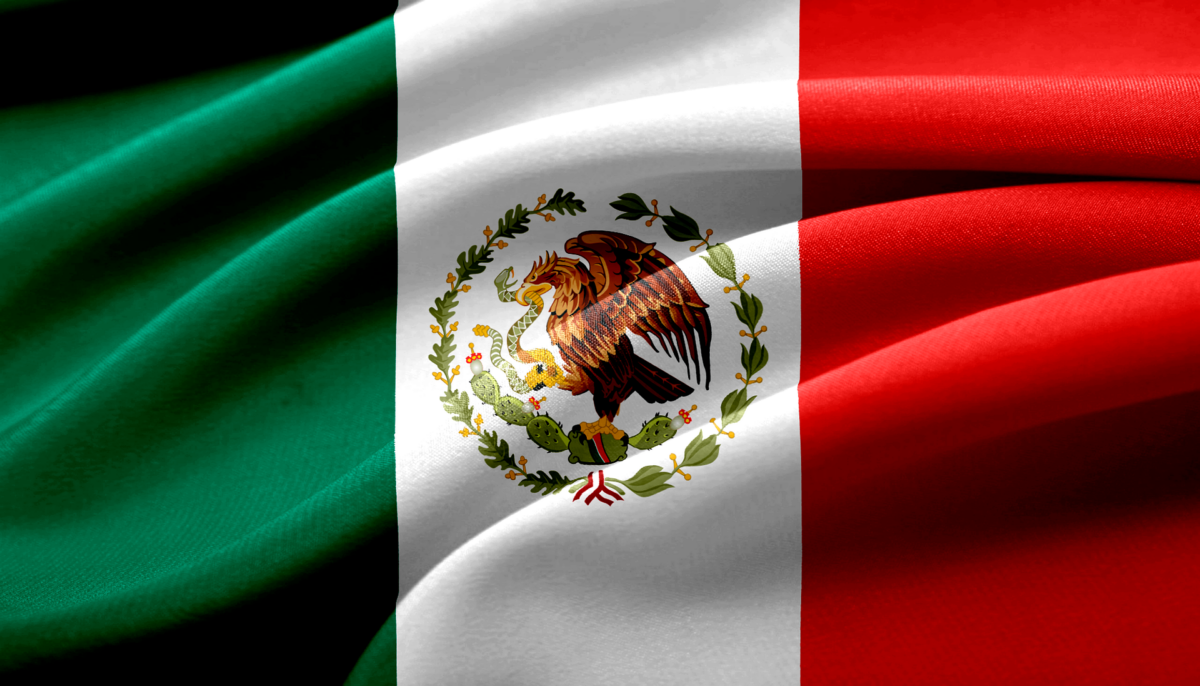
Challenge 5: Data driven water security and safety
India’s Reality
In India, the quest for clean water has become a heartbreaking crisis affecting over 600 million people. Rapid urbanization, industrial pollution, and climate change have led to severe contamination of rivers and groundwater, turning basic survival into a daily struggle. Families, particularly in rural areas, often rely on polluted sources, exposing themselves to deadly waterborne diseases that jeopardize their health and futures.
Addressing water quality in India is not merely an environmental issue; it’s a humanitarian imperative that calls for urgent, innovative solutions to restore health and dignity to millions.
Even when water is accessible, it is often contaminated with harmful substances like arsenic, fluoride, and nitrates, posing serious health risks. Despite existing regulations to control water pollution, enforcement is weak due to poor monitoring, corruption, and a lack of incentives for industries to comply. This has resulted in widespread pollution with minimal consequences for violators. The public health impact is dire, with widespread waterborne diseases such as diarrhea, hepatitis, and cholera, alongside chronic conditions caused by long-term exposure to chemical contaminants.
Challenge overview
This challenge focuses on leveraging emerging technologies to enhance the quality of water resources, ensuring effective management and safety for domestic use. By utilizing real-time data monitoring systems, including advanced sensors and predictive analytics, we aim to improve the efficiency of water management processes. This approach not only facilitates timely detection of contaminants but also empowers stakeholders to make informed decisions about water quality and treatment.
A critical challenge is the lack of information which not only hampers effective water management but also leads to serious consequences, including pollution and increased health risks for vulnerable communities. By leveraging emerging technologies for real-time data monitoring, we can bridge these gaps, enhance data reliability, and facilitate informed decision-making to improve water quality, thereby safeguarding public health and fostering sustainable development.
40% of people may not have access to clean water by 2030 – Radhika Deshpande
Important Facts to know about India
- According to a 2019 report by NITI Aayog, a government thinks that 70% of India’s water is polluted, and lack of access to safe water claims the lives of 200,000 people every year. (Changoiwala, 2023)
- Approximately 35 million people lack access to safe drinking water, leading to health problems such as waterborne diseases. (water org, 2024)
- It is estimated that waterborne diseases continue to affect arround 38 millions of people in India annually. Deshpande, 2023)
- Each year, more than 1.5 million Indian children die from diarrhea.
Challenges that are not letting India progress further…
Lack of Regulation and Enforcement: Even though there are regulations in place for water quality, enforcement is often weak. Many industries and municipalities do not comply with regulations, leading to continued pollution and degradation of water sources.
Pollution from Industrial Activities: Many industries discharge pollutants into rivers and lakes without adequate treatment. This results in contamination of water sources with hazardous chemicals and heavy metals, affecting both human health and ecosystems.
Urbanization and Overpopulation: Rapid urbanization and a growing population strain existing water infrastructure, leading to increased pollution and over-extraction of water resources. This can result in both the depletion of groundwater and the contamination of surface water.
Inadequate Wastewater Treatment: Many cities and towns lack sufficient wastewater treatment facilities. As a result, untreated or inadequately treated sewage is often released into rivers and lakes, contaminating water sources.
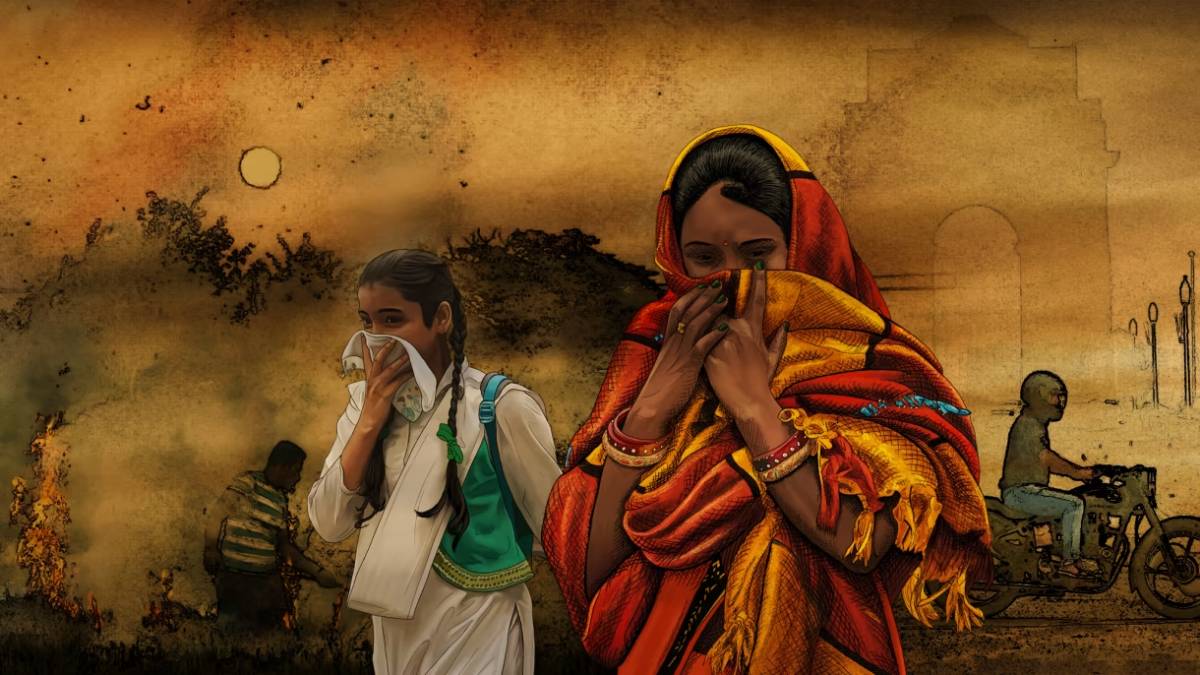
Target Clients
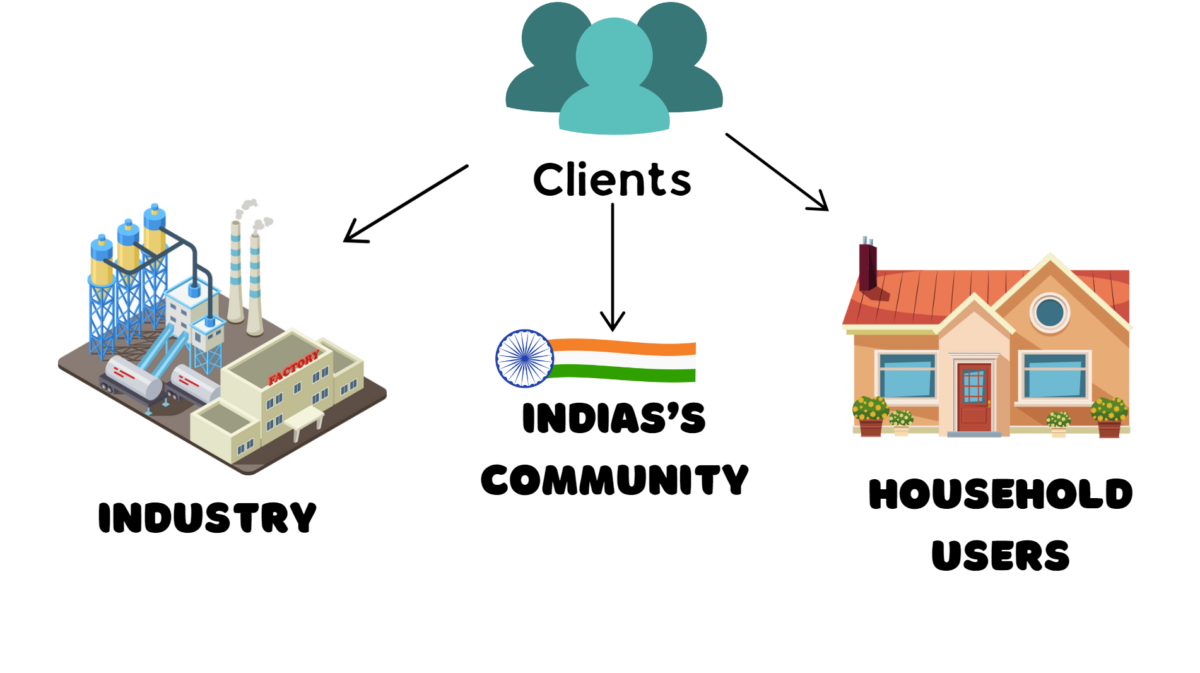
Our proposal is directed towards key clients in India, including industries, households, and the general community. By focusing on these groups, our solution aims to enhance water quality through real-time monitoring and data-driven insights.
- Industries: This approach will help industrial clients optimize their water usage and treatment processes, significantly reducing pollution and ensuring compliance with environmental standards.
- Household Users: For individual households, the system will empower families to monitor their water quality, ensuring that it meets safety standards for drinking and other uses.
- General Community: The solution will also benefit local communities by providing them with the tools to manage their shared water resources effectively, fostering a collective approach to water safety and sustainability.
By addressing the needs of these diverse clients, our proposal aims to create a substantial impact on water quality throughout India.
Our Solution
Real-Time Water Quality Monitoring for Sustainable Water Security: A Data-Driven Solution for India’s Future

The solution will deploy real-time sensors in key water bodies to monitor water parameters established by the World Health Organization (WHO) and India’s government for defining safe water quality standards. These parameters include pH levels, microbial contamination, turbidity, heavy metals, and chemical content that ensure both public health safety and environmental compliance. The system will continuously gather data and transmit it to a centralized platform, where it will be analyzed using predictive algorithms.
By aligning with both WHO standards and India’s regulatory policies, the system ensures that water is safe for domestic, agricultural, and industrial use. The data-driven approach will help industries like automotive, manufacturing, and agriculture make cost-effective decisions about water treatment, while also providing communities with timely alerts on water safety, reducing health risks and optimizing water resource management.
This solution empowers decision-makers to proactively manage water quality, predict risks, and reduce the need for reactive, high-cost water treatment, fostering long-term water security and safety for the region.
How is going to work?
Real-Time Data Collection and IoT
Internet of Things (IoT) sensors strategically placed in various water bodies across India. These sensors will continuously monitor vital water quality parameters that are set by the World Health Organization (WHO) and Indian regulations. The evaluated parameters include:
- pH: Indicates the acidity or alkalinity of water.
- Turbidity: Measures the clarity of water, which is vital to detect particulate contamination.
- Chloride: High chloride levels indicate possible pollution from human activities or industry.
- Dissolved Oxygen (DO): Shows how much oxygen is available for aquatic life, crucial for ecosystems.
- Conductivity: Reflects the level of dissolved salts, helping to understand water’s overall health.
- Temperature: Influences the biological activity in water and affects dissolved oxygen levels.
- Heavy Metals: Includes monitoring of contaminants such as lead, mercury, and arsenic, which are harmful to both human health and the environment.
These IoT sensors will send real-time data to a centralized cloud-based platform where the information will be processed and analyzed. Advanced predictive analytics will be applied to assess water quality trends, detect anomalies, and provide alerts when contamination exceeds safe levels.
This data-driven approach allows authorities, industries, and communities to act swiftly on water quality issues, reducing risks and enhancing the efficiency of water resource management. By leveraging real-time monitoring, water management becomes proactive, preventing large-scale pollution and minimizing treatment costs over time.
Results
Dashboards for Stakeholder Engagement
A dashboard can be developed to visualize the data and simulation results in an accessible and user-friendly manner. This dashboard can display key metrics, trends, and predictions, allowing stakeholders to quickly grasp the current state of water resources and the impact of different management strategies, providing an optimization strategy that fits the best according to their personal/professional needs.
“We are committed to empowering our clients with the tools and insights necessary to shape the most effective water quality strategies, tailored specifically to their business or community needs. Our mission is to provide innovative, data-driven solutions that ensure the safety, sustainability, and efficiency of water management, safeguarding both public health and operational excellence.” – THE WATER Team
Dashboard 2 different displays
In our proposal, the dashboard will feature two distinct displays tailored to different user groups—public users and members.
Public Dashboard
- Real-Time Monitoring: This display will provide essential information on water quality parameters from various rivers and water bodies across India, allowing the general public to stay informed.
- Compliance Information: It will indicate whether these parameters meet the regulatory standards set by Indian authorities and the World Health Organization (WHO).
Member Dashboard
- Comprehensive Analytics: In addition to real-time monitoring and compliance information, this display will offer personalized strategies for optimizing water management.
- Treatment Optimization: Members will receive tailored recommendations on the quantity of treatment chemicals needed to achieve desired water quality levels, enhancing treatment processes and effectiveness.
- Reutilization Insights: The dashboard will assess whether water can be reused, ensuring that disposal practices comply with Indian regulatory norms and WHO standards.
- Detailed Strategy Implementation: Members will gain access to actionable insights that help streamline their water management processes, promoting sustainable practices and compliance.
By creating these two displays, our solution not only empowers the public with essential water quality information but also provides members with the tools and insights necessary for effective water management and treatment optimization.
Dashboard Uses
Industries:
- Optimize Water Treatment: Provide precise recommendations on the exact amount of chemicals required to treat their water based on real-time sensor data, avoiding waste and minimizing costs.
- Repurpose Water: Indicate if their water is suitable for reuse in other manufacturing or industrial processes within their operations, thus promoting water conservation and reducing overall water consumption.
- Decision on Water Discharge: Suggest whether it is more efficient to treat the water or discharge it, based on the current levels of contaminants and the costs associated with further treatment.
- Parameter Analysis: Highlight which parameters, such as pH, turbidity, chloride, etc., exceed the required standards for the industry, and compare them to acceptable levels.
- Filtration & Treatment Options: Recommend alternative filtration processes to treat the water to meet required standards, detailing why a particular method is effective and providing estimated costs, including a cheaper option that outlines the trade-offs (e.g., it will reduce contamination to a certain level but not fully).
- Cost-Benefit Analysis: Provide a cost comparison of different treatment strategies, including a breakdown of how each strategy impacts overall operational expenses and long-term sustainability
Communities:
- Water Safety for Domestic Use: Assess if the water is safe for drinking, bathing, or watering plants based on standards set by the WHO and Indian government.
- Detailed Contamination Levels: Show how the current water quality compares to safe levels, highlighting any concerning contaminants like pH imbalance, high turbidity, heavy metals, or other dangerous chemicals.
- Recommended Filtration Methods: Suggest appropriate filtration methods or chemicals that the community can use to improve water quality for different purposes, such as reverse osmosis for drinking water or chlorination for bathing.
- Usage Recommendations: Advise on which domestic activities the water can be safely used for, based on contamination levels—whether it’s suitable for consumption, hygiene, or other household needs.
- Community Action Alerts: Provide alerts when the water quality deteriorates to a point where immediate action (e.g., filtration, boiling) is needed to protect public health.
Membership features to our solution…
Predictive Analytics
By leveraging predictive analytics, our system will process real-time data from sensors to anticipate trends in water quality and detect potential contamination risks before they escalate. Machine learning algorithms will analyze historical and current data to forecast fluctuations in key water quality parameters such as pH, turbidity, and chemical concentrations. This proactive approach helps clients make informed decisions on timely interventions, reducing costs by optimizing water treatment processes and preventing harmful consequences. Predictive analytics will empower both industries and communities to address water safety challenges with precision, minimizing waste and enhancing operational efficiency.
Data Integrity and Security
To ensure data integrity and security, our solution incorporates advanced encryption and coding directly at the gateway level. By embedding encryption protocols such as AES (Advanced Encryption Standard), we guarantee that the data collected from sensors remains secure as it travels through networks. Each client’s information is encrypted uniquely, safeguarding both sensitive business data and stakeholder information. This approach ensures end-to-end protection, providing clients with secure access and maintaining compliance with international data protection standards. Furthermore, by regularly updating encryption codes and protocols, we reduce vulnerability to cyber threats, guaranteeing clients a safe and reliable system platform ensuring that the water quality information collected is accurate, consistent, and unaltered.
Personalized Strategy
We offer a tailored water quality management strategy for each client, designed to optimize their specific needs. Our system not only monitors real-time water quality data but also provides expert recommendations on the best filtration processes to implement based on current water conditions. This includes guidance on which filtration technologies or sensors to adopt, and the appropriate chemicals to use for effective water treatment. Our system helps to pinpoint where your water quality is lacking, suggests corrective measures, and even offers cost-effective alternatives for those seeking budget-friendly solutions.
In addition, our platform proposes strategies for maintaining safe water quality through ongoing monitoring and regulatory adjustments. It helps industries and communities maintain compliance with local water standards by offering real-time feedback and detailed reports, helping them make informed decisions. Our solutions guarantee that clients optimize their water management processes, minimizing costs and environmental impacts, while ensuring a sustainable and safe water supply.

Implementation in Chennai, India
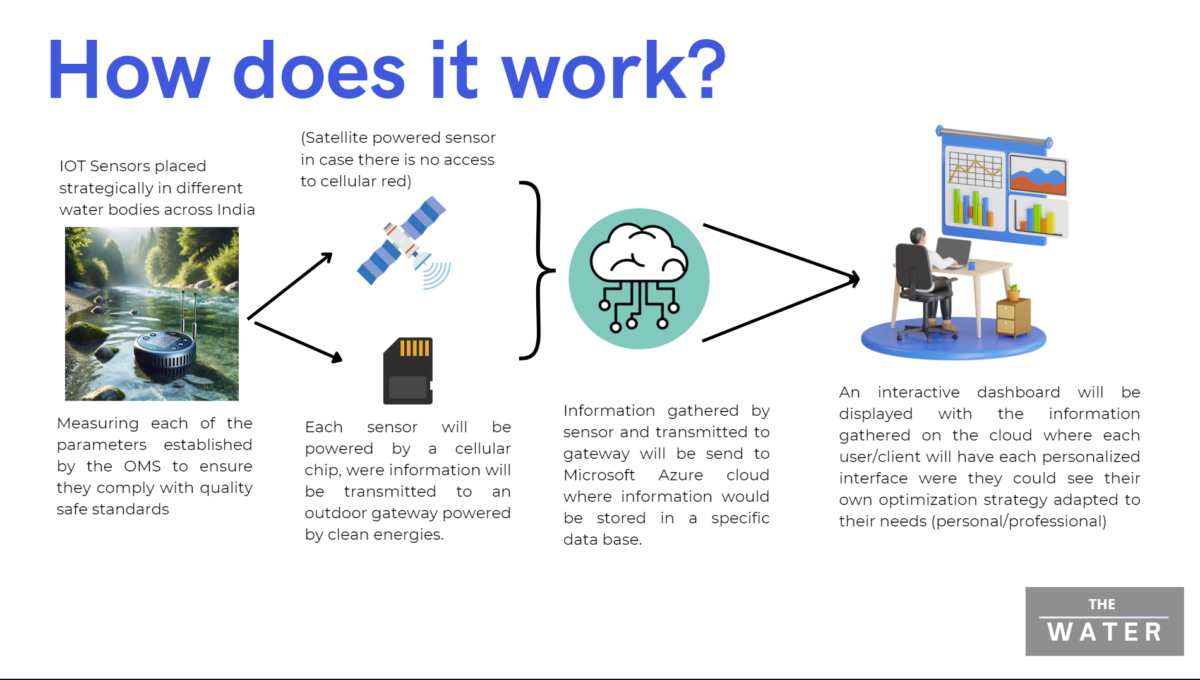
Business Opportunity
Cost Efficiency Strategy
Our proposal is positioned as a cost-efficient solution within the transformative landscape of the municipal water sector, particularly in light of the projected US$1.8 trillion in capital and operating expenditures through 2030. As highlighted by McKinsey, closing the gap between water supply and demand is expected to require an investment of approximately $50 billion to $60 billion annually over the next two decades. This context presents a significant business opportunity for our initiative.
Our approach leverages advanced technologies to enhance water quality while delivering substantial savings across multiple fronts:
- Reduction in Treatment Costs: By implementing real-time monitoring systems, we enable the early detection of contaminants, allowing for timely interventions. This proactive strategy minimizes the need for costly remediation measures and reactive treatments, ultimately lowering treatment costs for municipalities and industries alike.
- Optimization of Resource Management: Our predictive analytics provide actionable insights that help industries streamline their water usage, reducing waste and leading to lower operational costs. This efficiency is critical as water scarcity becomes a more pressing issue globally.
- Enhancement of Public Health: Investing in safe water quality not only protects public health but also reduces the healthcare costs associated with waterborne diseases. This long-term financial benefit is a compelling argument for communities and governments to support our initiative.
- Support for Sustainable Practices: Our cost-efficient solutions are designed to attract investments and partnerships, fostering innovation in water management that aligns with evolving environmental regulations. This alignment is essential as municipalities and industries seek to enhance their sustainability profiles.
Given the current challenges of supply chain volatility and labor force disruptions in the water sector, our proposal addresses the pressing need for innovative, cost-effective solutions. By positioning ourselves within this transformative landscape, we are well-equipped to capitalize on the anticipated investments and demand for improved water quality management.
In summary, our proposal not only ensures access to clean and safe water but also promotes financial sustainability for households, industries, and communities.
Company’s future plan
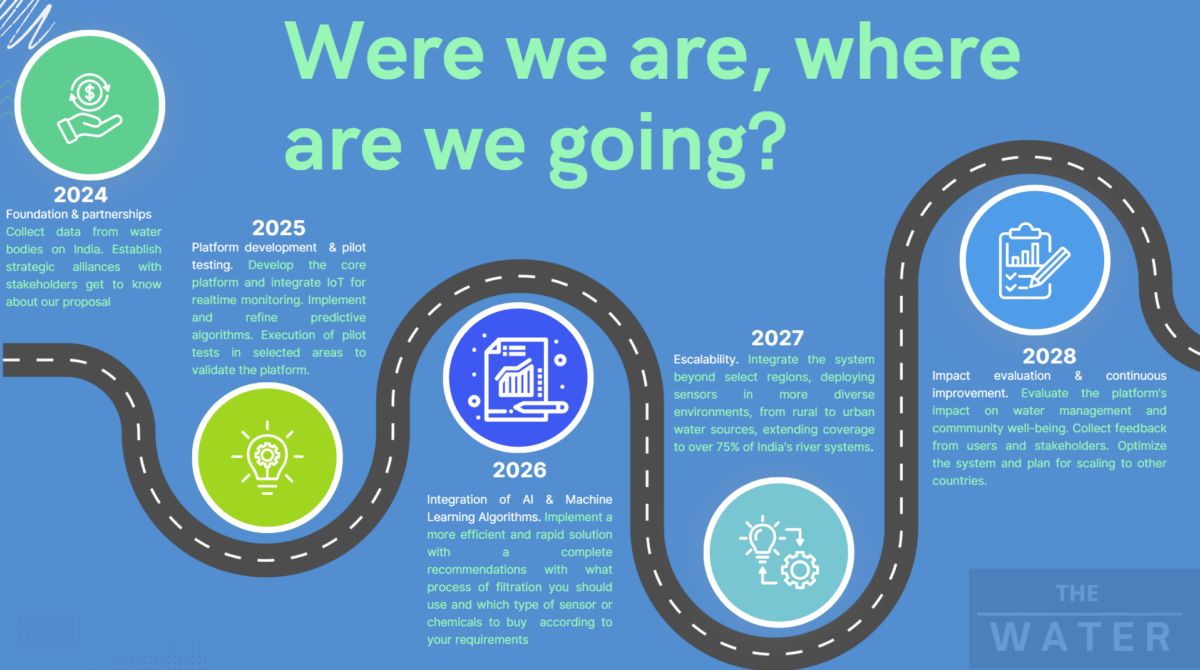
Key Point of THE WATER near future
In the near future, our goal is to establish a centralized cloud-based infrastructure using Microsoft Azure, integrating advanced tools like Power BI for enhanced data visualization, and incorporating AI technology to deliver more intelligent and predictive insights. These innovations will streamline water management and allow for more effective decision-making. However, in the meantime, we will leverage current technologies to ensure real-time monitoring and actionable insights, laying a solid foundation for the next phase of development.
The plan to integrate artificial intelligence (AI) and machine learning algorithms into our water quality monitoring system will revolutionize how we analyze and manage water resources. By leveraging these advanced technologies, we will enable the system to provide more efficient and rapid insights, tailoring recommendations to the specific needs of our users—whether they are communities or industries.
The incorporation of AI will allow us to process vast amounts of data from our sensors more quickly and accurately. This capability means that our users will receive real-time alerts about water quality fluctuations and actionable insights into potential remediation strategies. Machine learning algorithms can analyze historical data to identify patterns and predict future water quality trends, helping stakeholders make informed decisions that enhance both water security and safety.
Furthermore, we envision a user-friendly interface that empowers clients to experiment with various strategies through simulations. By creating different scenarios, users can forecast outcomes based on their chosen interventions—such as adjusting chemical treatments or implementing filtration processes. This predictive modeling approach not only aids in optimizing current practices but also fosters innovation as users can explore alternative solutions without the financial risks associated with trial and error in real-life situations.
Ultimately, integrating AI and machine learning into our system positions us at the forefront of water management technology. It enhances our ability to provide data-driven recommendations that are not just reactive but proactive, enabling sustainable practices that support public health and environmental stewardship in India. By making water management more efficient and informed, we are contributing to a future where clean, safe water is accessible to all.
Conclusions / SDG’s Targets Addressed
Our proposal aims to significantly improve water quality in India through a multi-faceted approach that leverages real-time monitoring, data-driven insights, and community engagement. Here’s how it will make an impact:
Supporting Government Policies: The insights generated through our system can assist policymakers in understanding the real-time status of water quality across different regions. This data-driven support enables the formulation of more effective regulations and interventions aimed at improving water quality and public health.
Real-Time Monitoring: By deploying Internet of Things (IoT) sensors at various water bodies across India, we will continuously monitor key water quality parameters such as pH, turbidity, chloride levels, and the presence of harmful contaminants. This immediate access to data enables timely interventions to address water quality issues before they escalate into public health crises.
Data-Driven Insights: The collected data will be processed and analyzed to provide actionable insights for both communities and industries. For communities, this means clear information on whether water is safe for drinking or domestic use. For industries, it offers precise guidelines on the chemical treatments required for their wastewater, ensuring compliance with regulatory standards and minimizing pollution.
Empowerment and Education: Our interactive dashboard will not only present data but also educate local communities on water quality issues. By understanding the health risks associated with contaminated water, residents will be better equipped to advocate for their rights and push for improved water management practices. This empowerment fosters a sense of ownership and responsibility toward local water resources.
Predictive Analytics for Prevention: By integrating AI and machine learning into our platform, we can forecast potential water quality declines and recommend preventive measures. This proactive approach helps industries optimize their operations while reducing waste and resource consumption.
Sustainable Practices: Our proposal encourages industries to adopt more sustainable water management practices, thereby decreasing their ecological footprint. By promoting the use of alternative treatment options and chemical processes tailored to their specific needs, we aim to foster a culture of environmental responsibility within the industrial sector.
This innovative approach aligns with several United Nations Sustainable Development Goals (SDGs):

SDG 6: Clean Water and Sanitation – Ensuring availability and sustainable management of water and sanitation for all.
SDG 11: Sustainable Cities and Communities – Making cities inclusive, safe, resilient, and sustainable.
SDG 13: Climate Action – Taking urgent action to combat climate change and its impacts by regulating emissions and promoting developments in renewable energy.
SDG 17: Partnerships for the Goals – Strengthening the means of implementation and revitalizing the global partnership for sustainable development.
By addressing water quality & pollution, this platform not only improves water management but also contributes to a sustainable and resilient future for Chennai, India.
Stakeholders
Our key stakeholders encompass a diverse range of partners and clients, each critical to the success of our water quality sensor initiative. Government entities, such as the Ministry of Jal Shakti and the Central Pollution Control Board, will provide policy and regulatory support, ensuring nationwide adoption and alignment with water quality standards. Local communities, through Water Users Associations and neighborhood organizations, will play an important role in on-the-ground deployment, ensuring access to real-time water quality data for both urban and rural populations. Non-Governmental Organizations (NGOs), such as WaterAid India and Jal Bhagirathi Foundation, will help extend the impact of the project by advocating for clean water access in underserved regions. Our private sector clients, including industries involved in water treatment and optimization, will benefit from the sensor’s data to enhance their compliance and sustainability efforts, ensuring efficient water resource management. Additionally, households seeking to monitor their water supply will have direct access to our sensors, empowering them with real-time data to make informed decisions about their water usage and safety. International organizations like the World Bank and UNICEF, along with donors such as the Bill & Melinda Gates Foundation, will provide crucial funding and recognition, ensuring the scalability and sustainability of our solution. With support from academic institutions, media outlets, and advocacy groups, we will foster ongoing research, raise public awareness, and maintain accountability. Together, this network of stakeholders will help us tackle the critical issue of water safety in India, improving public health and environmental stewardship.
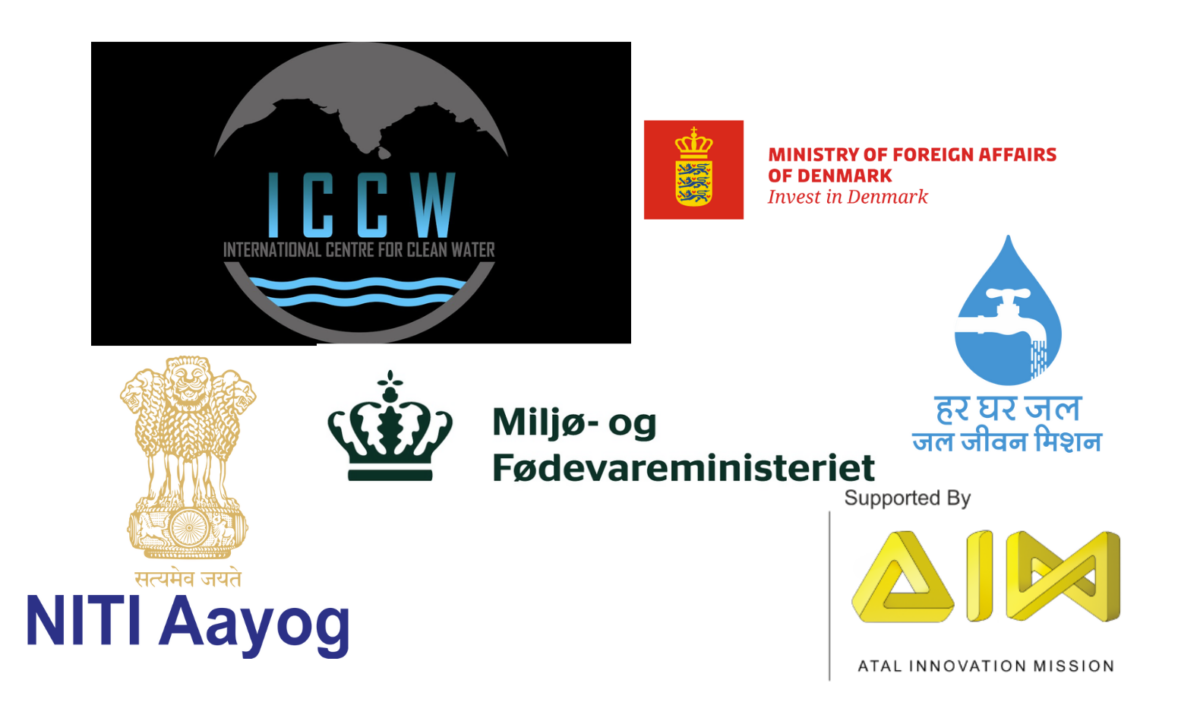
Team Representatives
 |  |  |  |  |
| María C. Bocanegra [email protected] | Miram Rugerio A [email protected] | Ana A. Quijada [email protected] | Marco Macias [email protected] | Roberto Velázquez [email protected] |
| Inquisitive, curious like to be part of the solution | Critical thinker, detail oriented. Enjoy solving problems | Activist, Thinking outside of the box innovator | Organized and discipline, very communicative person. | Quick learner, organized, empathic, creative, and proactive person. |

References
The Editors of Encyclopaedia Britannica. (n.d.). What are the main causes of pollution in the Ganges River? Encyclopaedia Britannica. Retrieved August 22, 2024, from https://www.britannica.com/question/What-are-the-main-causes-of-pollution-in-the-Ganges-River
(PDF) tanneries in Kanpur and pollution in the Ganges: A theoretical analysis. (n.d.-b). https://www.researchgate.net/publication/364348265_Tanneries_in_Kanpur_and_Pollution_in_the_Ganges_A_Theoretical_Analysis
Changoiwala , (2023) Agua democrática y equitativa para India rural. A Stanford Social Innovation Review en Español del Tecnológico de Monterrey https://ssires.tec.mx/es/noticia/agua-democratica-y-equitativa-para-india-rural#:~:text=En%20los%20cinco%20a%C3%B1os%20previos,diarrea%2C%20tifoidea%20y%20hepatitis%20viral.
Conaway, C. (2015). The Ganges River Is Dying Under the Weight of Modern India. Newsweek. https://pulitzercenter.org/stories/ganges-river-dying-under-weight-modern-india
Deshpande (2023) Health Problems due to Water contamination and pollution in India. Quest journal Journal of Medical and Dental Science Research. Vol 10 Issue 3 (2023) pp: 74-75 https://www.questjournals.org/jmdsr/papers/vol10-issue3/10037475.pdf
Gilchrist, A. (2016). Industry 4.0: The Industrial Internet of Things. Apress. h ttps://link.springer.com/book/10.1007/978-1-4842-2047-4
Guemouria, (2023) System Dynamics Approach for Water Resources Magement: A Case Study from Souss-Massa Basin. MDPI Journals, Water, Volume 15, Issue 8 https://www.mdpi.com/2073-4441/15/8/1506
Mougayar, W. (2016). The Business Blockchain: Promise, Practice, and the Application of the Next Internet Technology. Wiley.
National Informatics Centre (NIC), Ministry of Electronics & Information Technology. (2021). Namami Gange Programme. https://www.india.gov.in/spotlight/namami-gange-programme#tab=tab-1
Roy, M. (2024) How can water analytucs transform the future of water management? HCL Tech, Sustainability. https://www.hcltech.com/trends-and-insights/how-can-water-analytics-transform-future-water-management
Russell, S. J., & Norvig, P. (2010). Artificial Intelligence: A Modern Approach (3rd ed.). Prentice Hall
Staff reports (2020) How Water Pollution in India Kills Millions Borgen Magazine https://www.borgenmagazine.com/water-pollution-in-india/Pollution in India Kills Millions
The water crisis in India: Everything you need to know: Siwi – leading expert in water governance. SIWI. (2023, March 13). https://siwi.org/latest/water-crisis-india-everything-need-know/
United Nations. (n.d.-a). The 17 goals | sustainable development. United Nations. https://sdgs.un.org/goals
Vassar Labs, (2024) Predictive Analytucs for drought, prepareness: a game-changer in water management) https://vassarlabs.com/predictive-analytics-for-drought-preparedness/
Water org, (2024) India’s water and sanitation crisis https://water.org/our-impact/where-we-work/india
